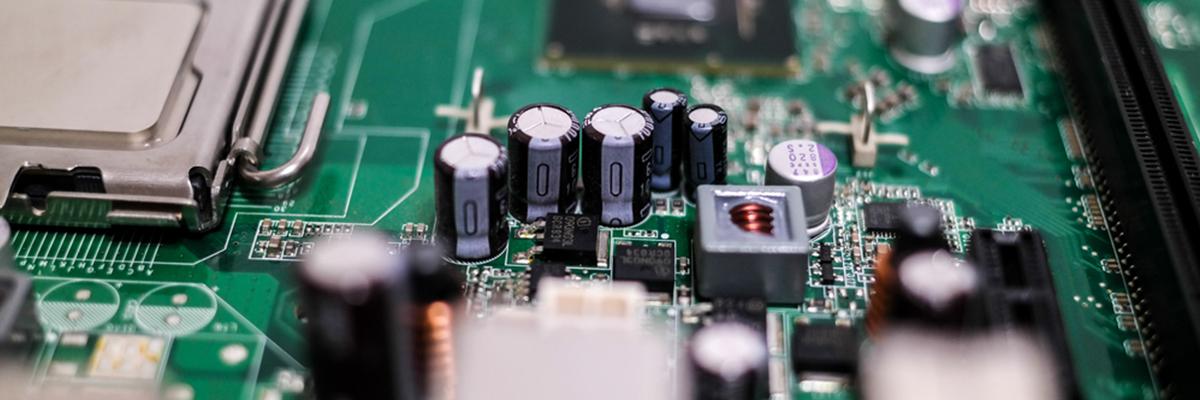Know What Are Rogers Material PCBs

Know What Are Rogers Material PCBs
Rogers Corporation is a well-known manufacturer of laminate materials for PCBs, and Rogers material PCBs are used by many PCB manufacturers and assemblers across the globe. Rogers PCB materials are sold under different brand names depending upon the material used and other features. But, by and large, they are hugely popular among PCB and electronics players because of their robust features. Their Fire Retardant 4 (FR4) material for PCB substrates offers benefits such as a wide range of dielectric constant and decreased signal losses. They offer many other benefits such as improved thermal resistance in harsh application environments. Rogers PCBs are widely used for mission-critical application devices in defense and aerospace. So, what all materials are used in Rogers PCBs and what are their types?
About Rogers PCB Materials and Their Types
Rogers PCB laminate and prepreg materials are of more than at least 15 types. For instance, some materials have exceptional electrical properties, while others offer a high frequency performance. Some are used in microwave and RF applications, while others are used in specific, high-speed or mission-critical applications. Here are a few types widely used by PCB manufacturers.
-
Rogers 4350 materials: These materials are primarily hydrocarbons or woven glass reinforced ceramics. They are processed with compliance to the FR4 standards. Rogers 4350 helps raise the dielectric strength and does not require special tooling or through-hole technology for mounting components like PTFE materials. They are UL 94 V-0 rated for high power RF designs and active devices. They offer an excellent dimensional stability.
-
Rogers 92ML materials: These are halogen-free epoxy prepreg and laminate materials. They are thermally conductive and filled with ceramic. These materials help reduce surface temperature and are environmentally friendly. For PCBs with a metal substrate, these materials are available along with an aluminum plate.
-
RO3000® Series: These materials are widely used in RF and microwave applications. They PTFE composites filled with ceramic, and have excellent electrical and mechanical properties, irrespective of the dielectric constant. They are available with as well as without a woven glass reinforcement. They facilitate multilayer board designs.
Factors to Consider When Choosing a Rogers Material for Your PCB
Being thorough with your application requirements is extremely crucial, especially in case of complex PCB designs. When selecting Rogers PCB materials, you may consider following pointers:
-
Ensure the material does not absorb any moisture when immersed in water. Although this may sound too unreal, the absorption rate should not be more than 0.2%. Materials with low absorption rates will have better thermal and electrical properties.
-
Dielectric constant must be stable in high operating frequency applications. The high value of the charge in a PCB material enhances capacitance and voltage through the PCBs.
-
Things expand when heated and contract when cooled. This simple principle also applies to PCBs when they are exposed to heat beyond the set glass transition temperature. The rate at which they expand beyond this temperature is called the coefficient of thermal expansion and is measured in parts per million (ppm). This is an important factor to check when using Rogers materials.
-
There is always an upper and lower limit to temperature resistance. This is based on the application requirements, and according the materials of PCB are selected. If an error occurs, the temperature is bound to exceed its upper limit and the PCBs may decompose and lose some of their mass. To prevent this, the decomposition temperature should be set beyond this upper limit. Usually, for most applications it is 350 degrees Celsius.
If you are working on a complex project and require multilayered PCBs with a complex design, it is worth using Rogers materials in your PCBs. However, it is important to approach a
PCB assembly services provider who is reliable and has plenty of experience designing and assembling complex PCBs. Twisted Traces designs and fabricates Rogers material PCBs and has over 30 years of experience.
.png)



.png)
